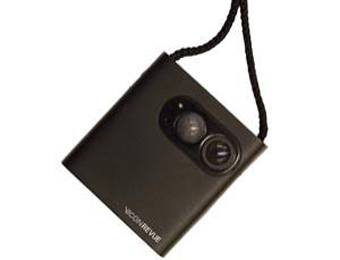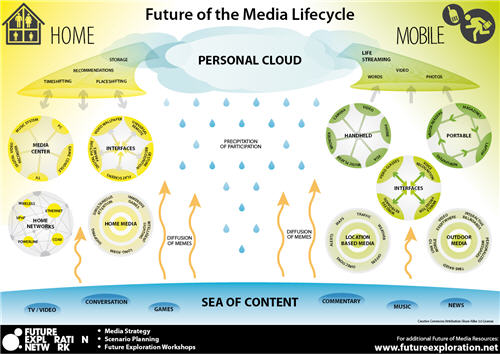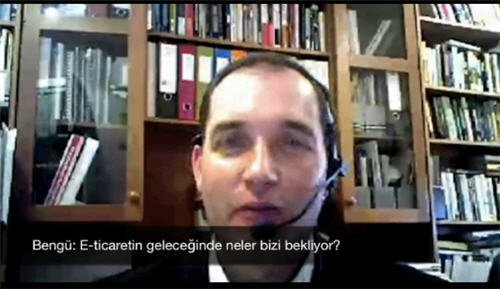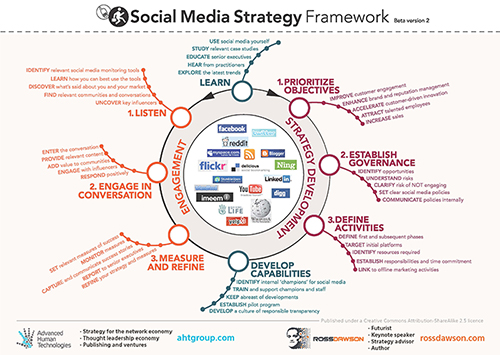Agency co-creation: very hard to make it work but that’s where the most value lies
There’s a great article in the latest issue of B&T Today on how Westpac, one of Australia’s big four banks, is approaching working with its advertising and creative agencies. Here are a few choice excerpts from the article, which is well worth a read in its entirety.
Jee Moon, director of brand and marketing at Westpac [said] that an agency roster based on co-creation, not simply collaboration, is key to establishing and maintaining a strong brand identity.
She added the “one stop shop”, integrated agency model in Australia had “never materialised” and that a rostered agency model based on co-creation in which agencies do not simply coexist but coproduce was key to developing and maintaining a strong brand positioning.
“At Westpac we have moved from a contractual agency model, which we had with the Red House when there was little to bind the agencies together apart from a piece of paper, to a system of collaboration where our partners work together as a community of experts, and are currently striving for a true, co-creation model,” Jee said of her agency partners The Campaign Palace, Yello and Lavender.





